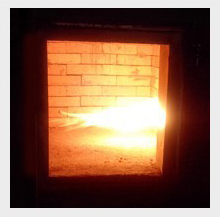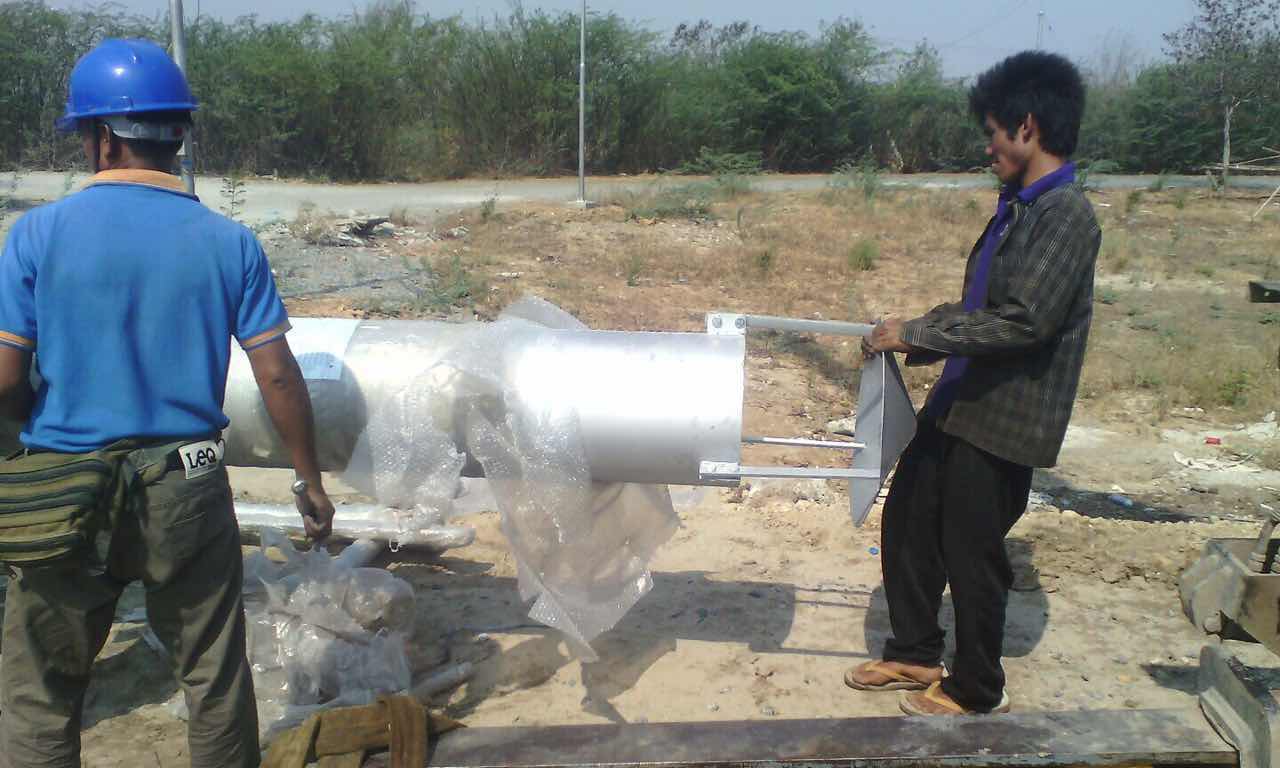Manual load twin chamber incinerator for medical waste to burn 50kg/hr on continuous operation, with Primary temperature in the
region of 800degC minimum and 1200degC or more in the Secondary chamber, complete with charging door, Ash door, Air and view
ports, auxiliary air system with adjustable dampers, burners and burner control system and ignition unit, the whole to meet
NEMA requirements and other international standards.
1) The only consumable required for the system TS100 (PLC) is Oil( diesel) is that OK?
2) from your technical specification: oil consumption (Kg/hour) is between 14–28) do you mean is liters/hour?
example the incinerator will be operating for 10 hours per day means the oil consumption will be ~140 Liters or more?
3) Chimney type stainless steel. how about main body construction materials?if there are more two option of main body
construction materials for better lifetime state them with total unit price CIF Dar es salam
4) Since the machine will be transported to different are other more that 1500KM, packing material should be better for that,
5) will the machine came with container or what20ft or 40ft, and how many per container.
6) installation and operation manual will be required if will win the project. ( do you have video for that system)
We are looking for incinerator to incinerate biohazard waste of our microbiology lab. Our daily waste production is upto 20 Kg
maximum and incinerator will be required on weekly basis that is 1 or 2 times a week so you are therefore requested to kindly
suggest the appropriate incinerator for our lab which shall be cost effective for us regarding purchasing and maintenance cost.
BIOHAZARD DISPOSAL: CONTAINER
GENERAL INCINERATOR, IDEAL FOR INCINERATION OF VARIOUS TYPES OF WASTE, FULLY CONTAINERISED IN A 10 FT CONTAINER, TO INCLUDE
BUILT-IN FUEL TANK AND GENERATOR.
TECHNICAL SPECIFICATIONS: COMBUSTION CHAMBER VOLUME (M3); 0.54 m3. SUGGESTED BATCH SIZE: 60 KG, BURN RATE: 69 KG PER HOUR,
AVERAGE FUEL CONSUMPTION 13 KG PER HOUR, OPERATIONAL TEMPERATURE: 950-1320 CELSIUS, GAS RETENTION IN SECONDARY CHAMBER 0.5
SECS, WITH TEMP. MONITORING , AVERAGE ASH RESIDUE: 3%, THERMOSTATIC DEVICE: YES,
DIMENSIONS: EXTERNAL LENGTH (mm): 1520MM, EXTERNAL WIDTH (mm): 920MM, EXTERNAL HEIGHT (mm): 4020 MM



















